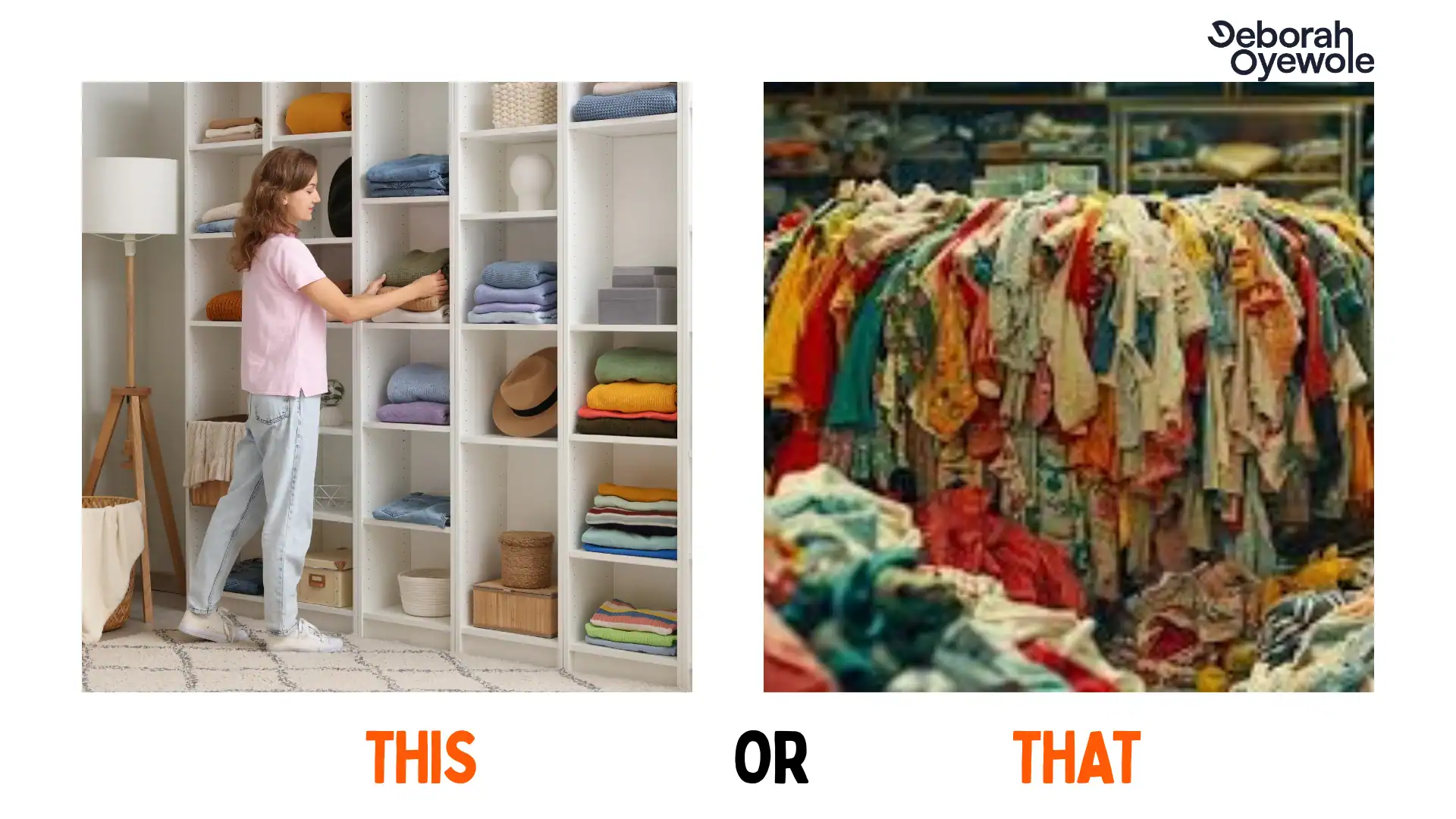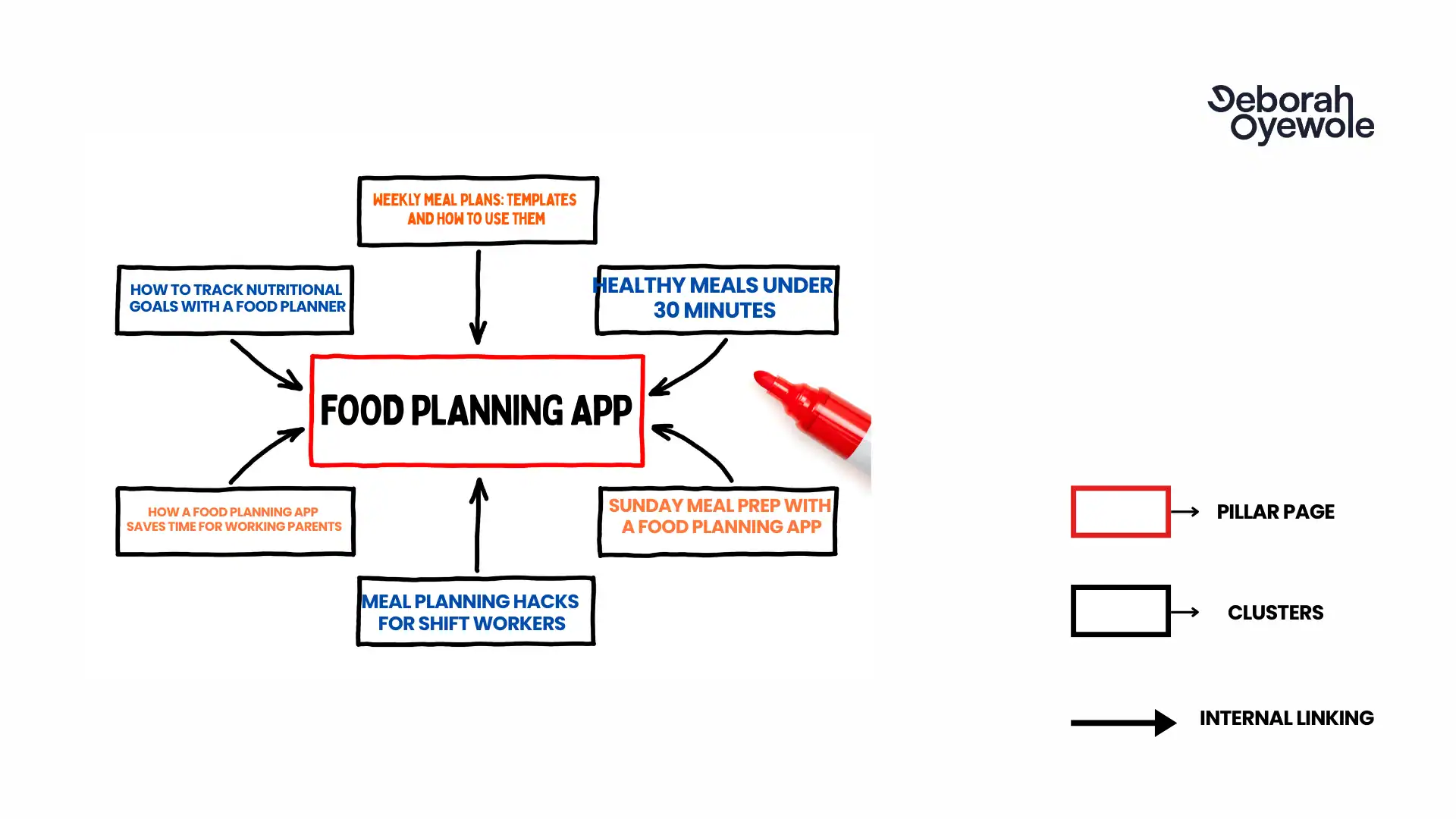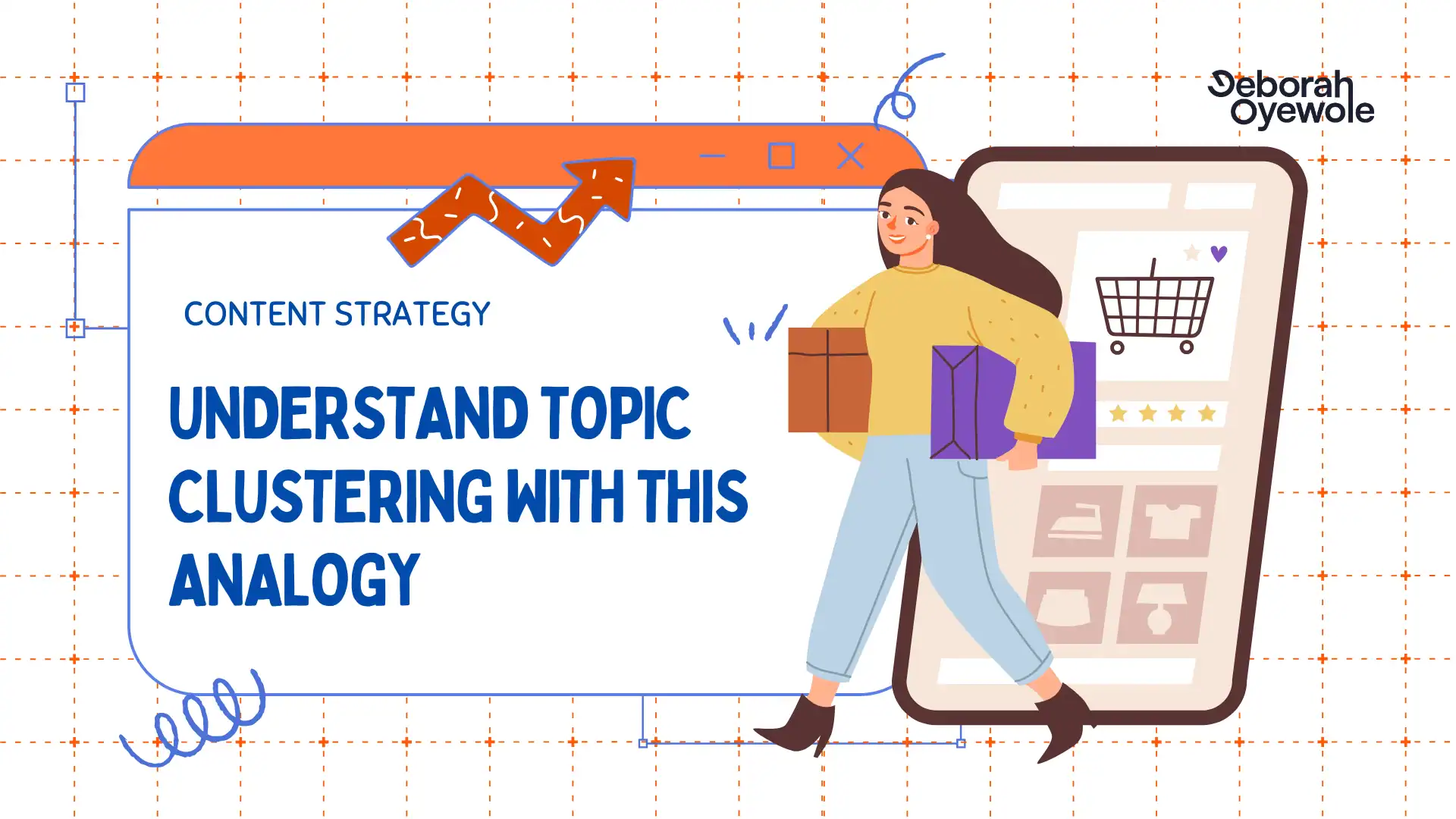If you’ve ever thought of your website as a storefront, you understand how crucial store organization is to conversion.
But unlike a physical store, your website has the power to reach a global audience.
Once Google recognizes your brand as an authority, it can become your silent salesperson, sending customers your way without you having to pay for the promotion.
However, none of these is possible if your website’s architecture and content organization aren’t up to par.
That’s where topic clustering comes in, a strategy that leading brands use to build topical authority.
Let’s break it down with a relatable analogy.
The women’s clothing store analogy: The chaos of disorganization

Imagine you own a women’s clothing store.
Instead of neatly organizing the products, pants, tops, shoes, and dresses, you throw everything onto one giant shelf.
A customer walks in and immediately feels overwhelmed.
They can’t find anything they need. Even if they do spot one item they like, they might think, “This store doesn’t have everything I’m looking for.”
What happens next? They leave, frustrated and unconvinced that you’re the go-to place for women’s clothing.
Now, let’s make things worse.
Let’s say you only have two or three pairs of pants, one top, and five dresses in the entire store.
Do you really think customers are going to trust your brand?
Will they come back?
No.
Without variety and clear organization, how can anyone believe you’re the expert in women’s clothing?
This is exactly what happens when your website lacks topical authority, a concept you can build using topic clustering.
And this often happens when you only randomly pick a keyword to write about today, and another tomorrow.
Your content becomes a jumbled mess, and both search engines and visitors struggle to make sense of it.
Visitors can’t find all the answers they need, and Google doesn’t understand what your site is about.
Just like that disorganized store, your website loses trust and authority, making it harder to build a loyal following.
What topic clustering fixes for your brand

So, why is topic clustering such a big deal
Here’s why:
Clear site architecture
Topic clustering brings order to the chaos.
Think about how organizing your store into sections makes shopping easier for customers.
On your website, pillar pages serve as the broad topic and the main area of focus.
Then, cluster pages go deeper into specific subtopics, linking back to the pillar.
This creates a logical structure, making it easy for users to find related content and for search engines to understand your site.
Better user experience
When your website is organized, users can find what they need quickly.
They don’t have to waste time hunting for answers.
And if they think of something else they need, they don’t have to wonder where to look, it’s all right there.
With topic clustering, you guide your visitors through the journey, making them feel like you have everything they need.
Without a clear structure?
Visitors get frustrated and leave. Just like a messy store, they won’t stick around long if they can’t find what they want.
SEO benefits
Aside from humans, Google loves a well-organized site, too.
By creating topic clusters, you show search engines how your pages are connected through internal linking, making it easier for Google to understand and rank your content.
As a result, you increase your chances of ranking for a wide range of related keywords.
So, instead of ranking for just one main keyword, you’ll rank for multiple terms related to that keyword.
This helps you get more visibility on search engines.
Establishing authority
When you organize your content into topic clusters, you position your website as an authority in your field.
Just like a well-organized clothing store that carries a variety of items, your website becomes a go-to resource for everything your audience needs.
They’ll see you as the expert because you’re covering all angles of the topic.
And when visitors trust you, they keep coming back.
Should you still cluster or not?
Topic clustering is a strong and well-targeted content strategy.
It helps you organize your content into a clear, logical structure that improves both user experience and SEO.
If your site is disorganized, your visitors and Google will get confused.
But with topic clustering, you make it easier for everyone to find exactly what they need.
And over time, your website will grow in authority and rank higher in search results.
Ready to clean up your website’s structure?
Read this guide on topic clustering..
Or, if you want an expert to create a high-converting cluster for you, let’s talk.

1 comment
CreativeFlow
Bookmarked for future inspiration!